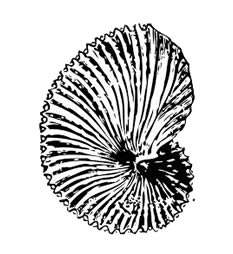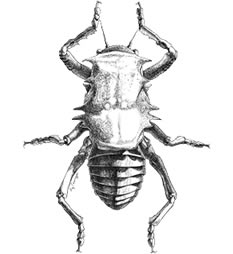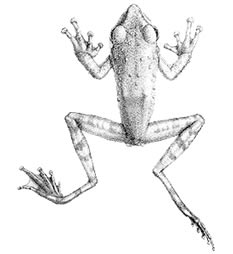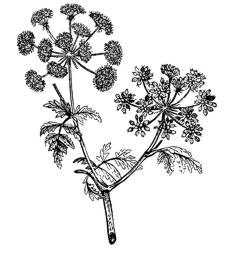EEZA, throughout its history has been collecting a large collection of specimens of Natural History (plants, fungi, animals and fossils), result of the work carried out by different researchers, both from the Centre and outside of it, and that over time has become a true reference collection.
Currently the EEZA collections constitute a service unit of the Experimental Station of arid zones, whose mission is the keep, guard, order and manage the Natural Heritage permanently from the acquisition of each of the copies that constitute it. The routine processes for the management of the collection (admission, preparation, labeling, sorting, cataloging, location, conservation, etc) are multiple and variable according to the type specimen that question, as well as the mode of preparation, preservation and storage that requires each one of them.
Face users collections service is responsible for, in addition to prepare and keep updated the catalog of funds that constitute each of the collections, making it visible to potential users (both from the Center and external to it) and to facilitate consultation and/or the loan of specimens for their study scientists from around the world.
The EEZA collection consists mostly of specimens prepared, naturalized and preserved for his scientific study, both (Herbarium) flora and fauna (zoology collection), as well as a small representation of marine fossils. Each of the collections themselves has accompanied all (included in the catalog) information associated with each sample (order, family, genus, species, author, location, date, collector, etc.), without which would lose much of its scientific value.

Collection of fossils
It consists of a total of 94 specimens of mollusks and fish from mostly the province of Almeria. + info

Collection of invertebrates
It consists of 133 copies of various molluscs, crustaceans and echinoderms from in its entirety in the southeast of the Iberian Peninsula. + info

Collection of insects
Which gives a special importance to this collection is the existence of 1.333 copies the typical series that were used in the description of a total of 178 Taxonomic categories of new insects for science. + info

Collection of Herpeteologia
The herpetology collection is made up of a total of 532 entries and a total of 1,015 specimens of taxa 146 different. + info

Collection of birds
It consists of 2072 records and a total of specimens from 241 different species of the Southeast peninsula. + info

Collection of mammals
Constituted by 790 specimens belong mostly to the Iberian Peninsula. + info

Herbarium collection
This collection consists, essentially, of higher plants (phanerogams) and lesser extent, ferns and lichens. It contains more than 15,000 sheets with 5,000 different species. + info